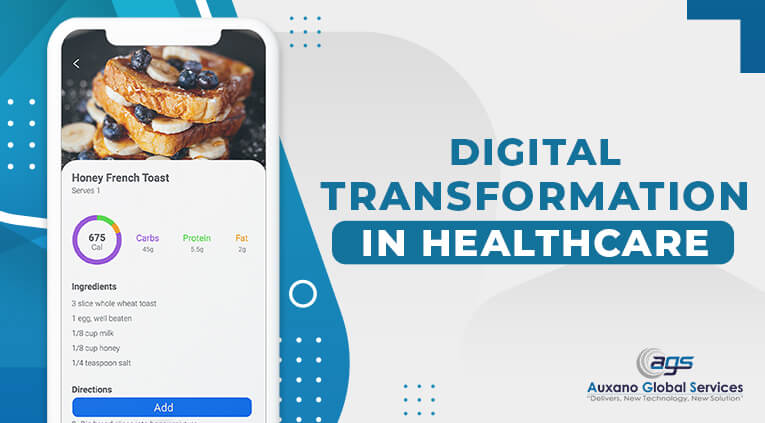The healthcare sector is incredibly intricate. It is more important than ever to constantly emphasize patient safety and the quality of care provided. To this end, telemedicine technology, of which electronic health record systems are integral, is being made available to medical professionals and patients.
The sharing of information between those who strive for high-quality care and those who work to improve medical technology is facilitated by electronic health record systems. They’re designed to be a practical, trustworthy, and hassle-free option for managing patient records. It’s no secret that they’re not simple to construct or maintain.
What Is An Electronic Health Record?
Electronic health records (EHR) System have become standard practice in the medical field. The days of doctors and nurses taking down patients’ vital statistics with paper and pencil are long gone. The widespread use of EHRs and their benefits to hospitals are largely attributed to the digital revolution. Several EHR programmes exist today, each designed to facilitate the safekeeping and dissemination of patient records.
There is more than one type of EHR system. Yet, they allow doctors to track vitals like blood sugar and blood pressure over time and view information from the patient’s most recent check-up in case of an emergency.
Having all of a patient’s medical history in one convenient place is made possible by electronic health record systems, which also improve efficiency and accessibility. This innovation is the holy grail for businesses looking to increase their infrastructure’s clinical and financial efficacy.
Vendors of Electronic Health Record
In a medical clinic, the best Electronic Health Records software streamlines and simplifies every aspect of patient care management, from accessing and updating patient records to issuing prescriptions and processing payments.
By taking a unified approach, such as that offered by EHR software, a patient’s interactions with a healthcare provider, such as scheduling appointments, viewing test results, and completing required paperwork, can occur in one area. Several companies that are vendors of electronic health records EHR systems, which keep medical records digitally, are listed below.
Athenahealth
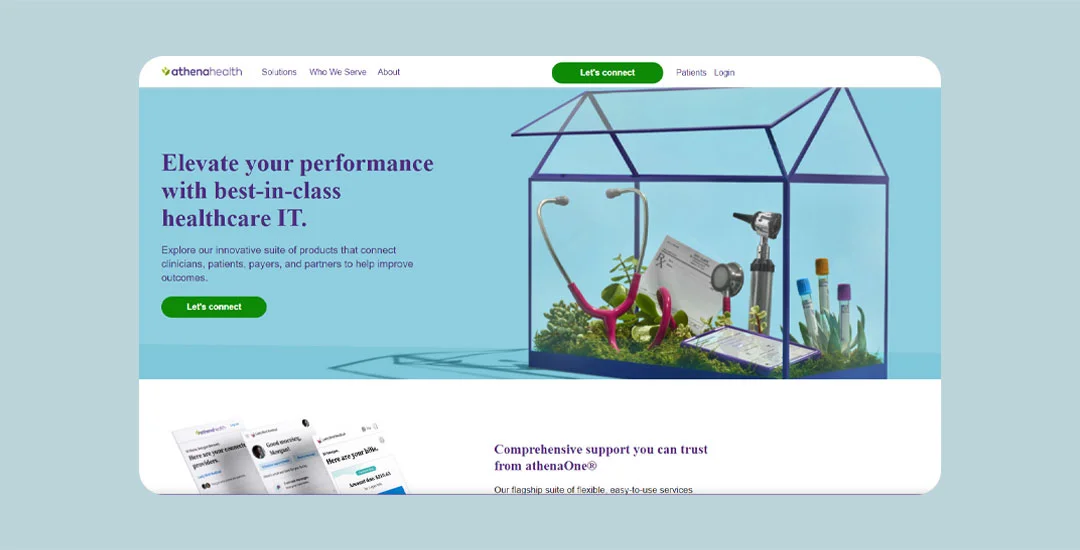
Athenahealth’s cloud-based solutions improve clinical and financial workflows in physician offices, hospitals, and insurance companies. Put another way. It helps you follow all the rules and regulations outlined in the healthcare industry. Patient engagement modules can be used to serve customers better. Capabilities in revenue cycle management provide for better financial results. Epocrates is a medical decision support tool that allows you to quickly and easily access clinical knowledge, including pharmacological information and diagnosis and treatment guidelines.
DrChrono
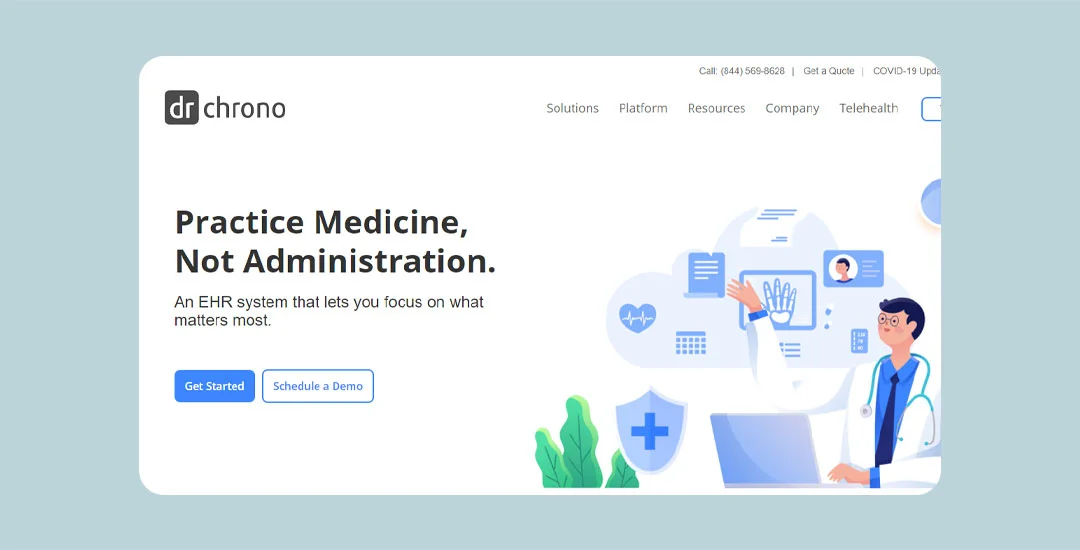
Cloud-based DrChrono technologies help medical organizations save time and money by centralizing previously disparate processes. Modules for practice administration, billing, scheduling, electronic medical record maintenance, and revenue cycle management are all included. A central database offers limitless storage space. You can equip authorized personnel with specific role-based access rights to protect sensitive information.
EpicCare
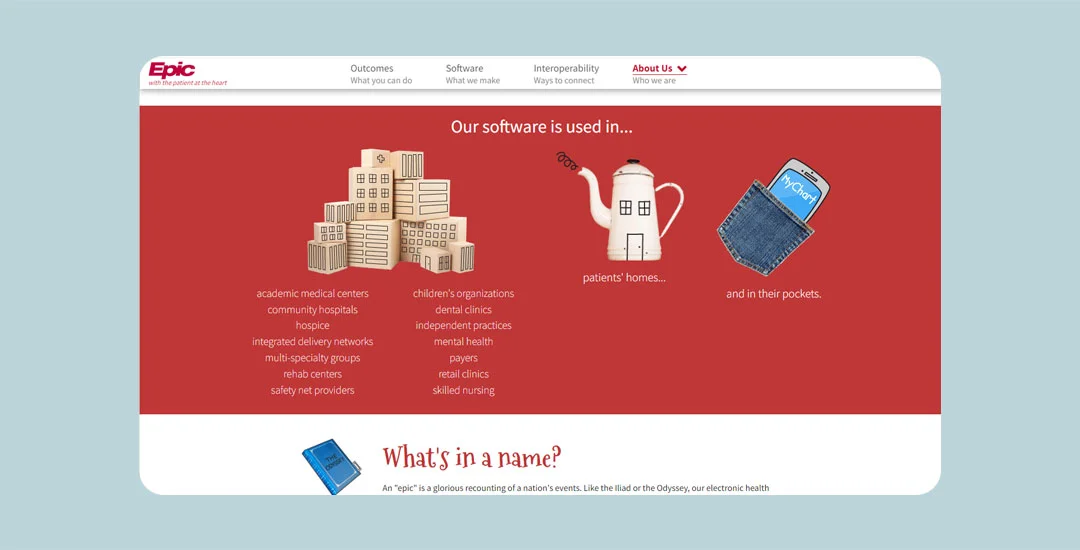
Epic’s EHR works well for hospitals and clinics of significant size and may be set up locally or on the cloud. It aids doctors in keeping track of a patient’s medical history. Appointment setting, payment processing, and invoicing are just some of the procedures that can be managed. Functionalities for the revenue cycle, care management, reporting, and patient involvement are included. There are professionals here from a wide range of fields. Using it can decrease the time it takes to get permission for something. Care coordination can be improved by automatically transmitting accurate patient data to payers.
Features That An EHR System Must Have
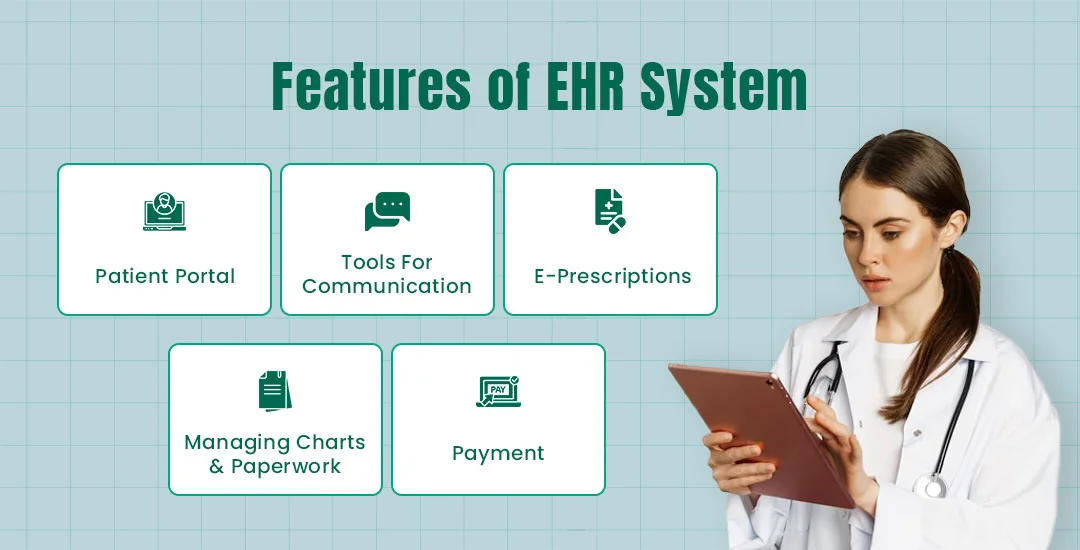
Using software electronic health record systems in healthcare settings has numerous benefits, such as hospitals or private practice. What, then, should an EHR have to work properly? Let’s quickly go over the nine most important components of an EHR.
Patients Portal/ Profile
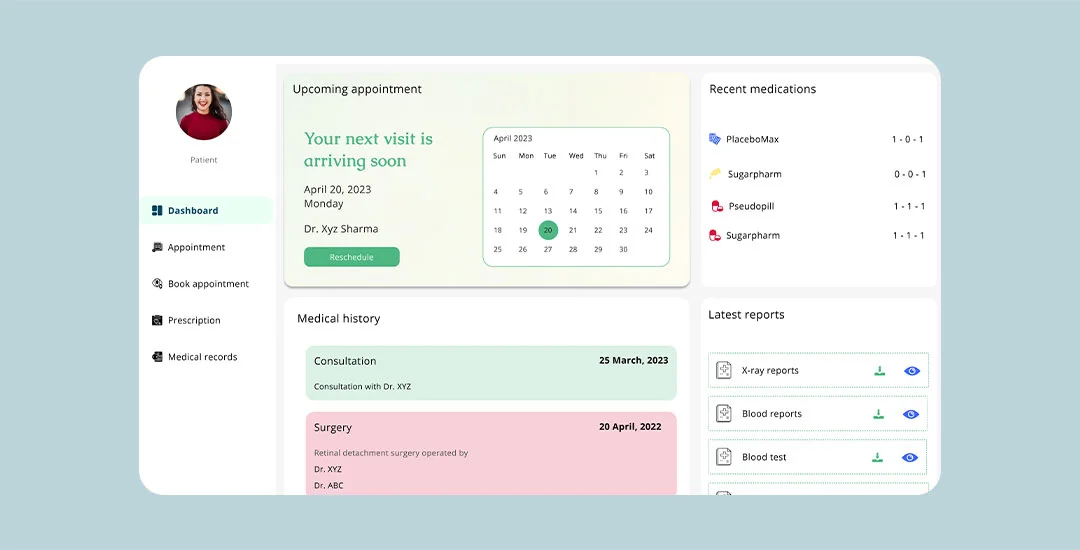
A patient portal can either function alone or as an addition to an electronic health record (EHR) system. An activation code and instructions on activating and using the patient portal are two examples of the corresponding documentation patients should get from their healthcare practitioner to initiate the patient portal setup process. Patients can make use of electronic health record platforms by
1. See sensitive health information posted by a medical center
2. Make an appointment with a doctor, either in person or online.
3. Look at upcoming and past appointments, and change or cancel them
Tools for Communication
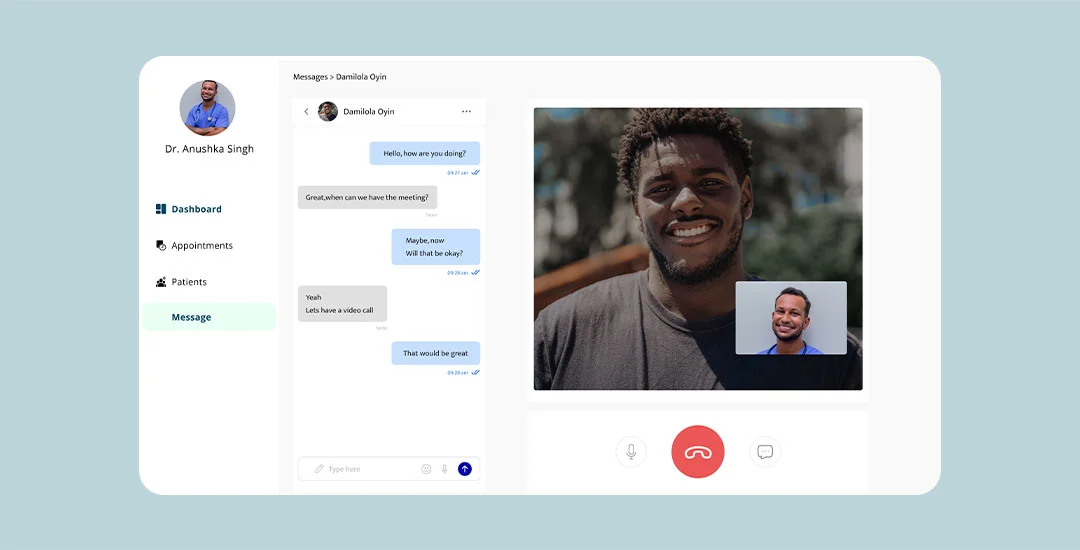
A patient portal or profile allows for more effective two-way communication between clients and their healthcare providers. Patients can easily follow up on appointments, ask questions, and get answers from healthcare specialists by sending messages through the site. One of the most revolutionary aspects of EHR systems that makes them appealing to patients and healthcare workers is the ability to communicate with the healthcare team via direct and encrypted messaging.
E-prescriptions
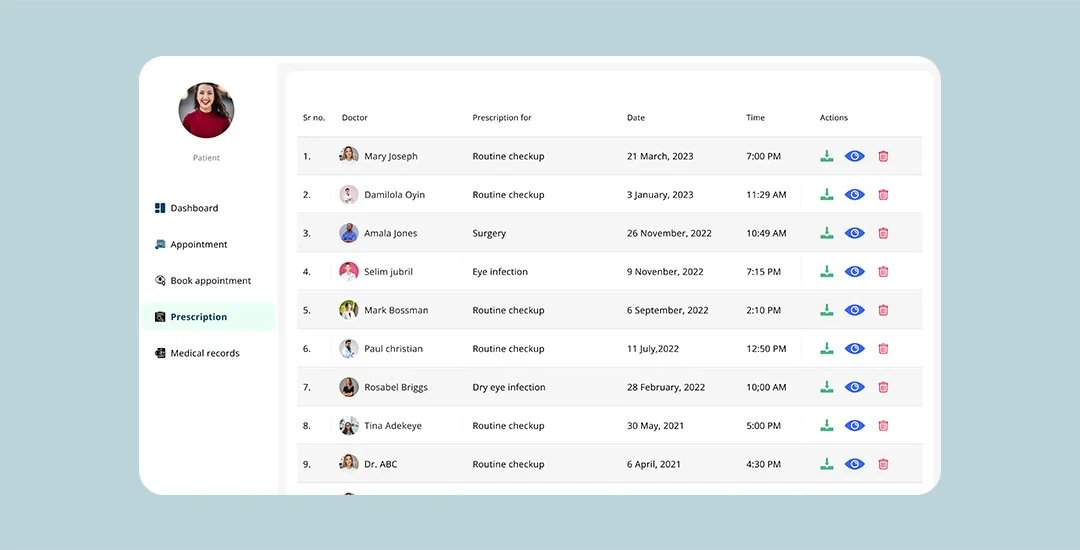
Likewise, EHR software must allow for electronic prescribing. The standard practice for people seeking treatment is to schedule an appointment with their doctor, who will write them a prescription after the visit. It’s been around for a while, but there could be some drawbacks that e-prescriptions would fix. Easy refill requests save users time, and authorized personnel may see all of a patient’s medications to stave off dangerous drug interactions. In addition, with access to their complete medical history in electronic health records, patients no longer need to worry about taking the wrong amount of medication. They can ask their doctor to clarify any unclear instructions or report any unwanted side effects whenever they arise.
Managing Charts And Paperwork
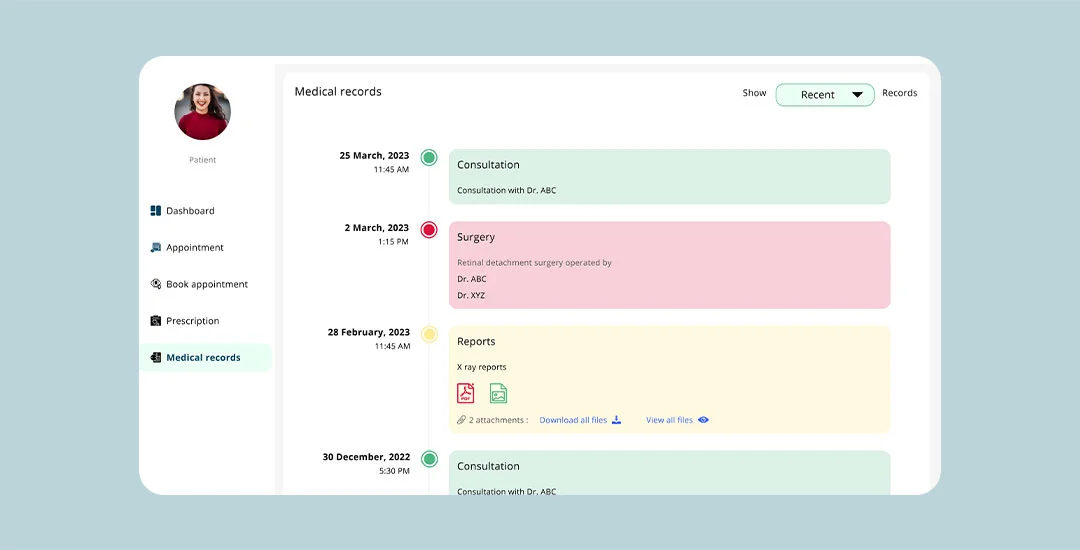
One crucial function of electronic health record (EHR) systems is to organize the volume of medical records. With medical charting, doctors and other medical staff can keep track of every interaction they have with a patient, their medical history, current state, and planned course of treatment. In court, every chart and piece of paper counts as hard evidence. By maintaining thorough records, doctors can more easily handle claims reimbursement in the future and spend less time away from the patient’s chart when doing things like writing prescriptions or reviewing lab results. Providers that use a charting module they’ve designed can efficiently manage their patients’ records by taking advantage of several specialized add-ons, including the ones.
1. Keeping tabs on medical records and schedules
2. Medication administration records are managed digitally.
3. Checking in on a patient’s status
Payment
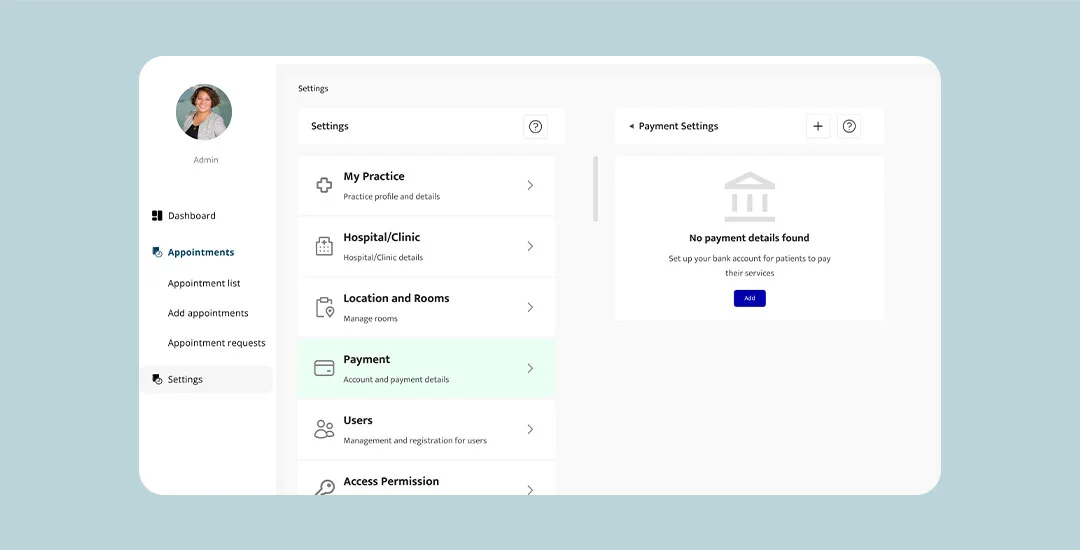
A medical billing dashboard is essential to any modern EHR system to streamline the billing process and ensure timely payment. Integrating a billing management module with medical scheduling and practice management modules improves the efficacy of EHR systems overall. This will allow users to:
1. You can add payment options and save your banking details for future transactions.
2. Access and edit patient insurance details
3. Submitting and resolving billing inquiries
Basic Electronic Medical Record System Modules
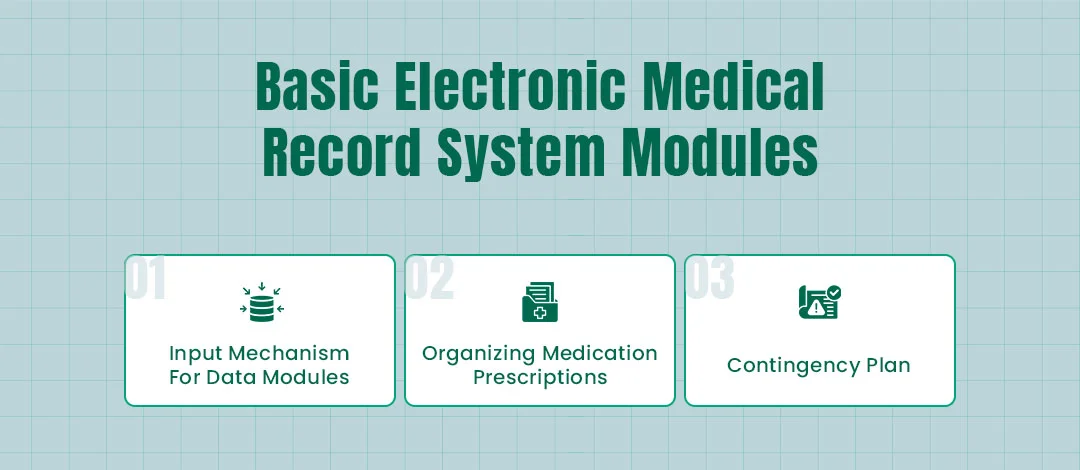
After being required to switch to EMRs or Electronic Medical Records, most clinics have transitioned and are now using them to record patients’ medical histories. EMRs are superior to paper records because they allow doctors to keep track of patient information more accurately and securely throughout time through encryption software and authorized mail clients. Some of the most fundamental EMR Modules, within the bounds of HIPAA compliance, are as follows:
Input Mechanism For Data Modules
Doctors can add more context to their notes by scanning documents and photographs, dictating their conversations with patients, and accessing data from diagnostic tests like electrocardiograms and computed tomography scans. Without a data entry system, doctors would have a partial picture of their patient’s health.
Organizing Medication Prescriptions
The capacity to record a patient’s known allergies and the prescriptions the patient is taking are two of the most crucial features of any prescription management system since they can prevent potentially dangerous drug interactions. All new and refilled prescriptions should be electronically transmitted from the doctor’s office to the pharmacy.
Contingency Plan
With any system, virtual or otherwise, that stores a lot of sensitive data, having a backup and disaster recovery plan in place is essential. Your EMR’s backup system should be able to save everything in a secure location offsite and provide you access to it whenever you need it.
Why Choose Auxano Global Services?
With Auxano Global Services, businesses in the healthcare industry have access to a secure, cloud-based clinical and financial solution. It’s vendors of electronic health record ehr systems that unifies services to reduce paperwork and boost productivity in the clinic. When doctors’ processes are streamlined, they can better provide their full attention to each patient.
Reasons To Choose
Adaptability
To ensure that doctors are always up to date with the latest industry and regulatory changes, cloud-based deployment makes real-time updates possible. Use telehealth capabilities to provide remote medical assistance in today’s increasingly digital society.
Advantages For Mobile Users
Use an iOS app to access schedules, handle inboxes, mail prescriptions, and more.
Boost Operational Efficacy
Get instantaneous, comprehensive clinical data from various sources to treat patients more efficiently and effectively.
Patient-Centered Care
By automating menial chores, you may boost the mood of clinicians and employees and give them more time to focus on providing treatment centered on individual patients’ needs.
Encouragement of Patient Involvement
Reach out to many patients at once with campaign updates and announcements. Patients can use their mobile devices to communicate with their doctors in various ways, including sending messages, viewing lab results, and requesting refills. Appointment confirmations, bill notifications, and follow-up care alerts can all be sent automatically to patients.
Conclusion
The use of EHRs is steadily expanding in today’s medical system. You won’t find a better fit for your specific requirements in any pre-packaged software electronic health record systems in healthcare than the one developed from the ground up. Your EHR system’s user-friendly layout and bespoke features will appeal to many users. Yet you can only get there with a reputable, competent software development partner. Auxano Global Services has extensive experience developing custom software solutions, especially for the healthcare industry. Contact them if you have any questions or want to discuss the possibility of working together on your project.
Frequently Asked Questions
-
1. What Is An Electronic Health Record (EHR) System?
An EHR system is a digital health record that contains comprehensive and detailed information about a patient’s health history, including medical treatments, medications, allergies, laboratory test results, and imaging reports. EHRs are designed to improve the quality of care, enhance patient safety, and streamline healthcare processes.
-
2. How Is An EHR System Different From An Electronic Medical Record (EMR) System?
EHR and EMR are often used interchangeably, but they refer to slightly different concepts. An EMR system is a digital version of a patient’s medical chart maintained by a single healthcare provider or organization. In contrast, an EHR system is a comprehensive health record that contains data from multiple providers and healthcare organizations.
-
3. What Are The Benefits Of Using An EHR System?
EHR systems offer many benefits, including improved patient care and safety, increased efficiency, better provider communication, and reduced medical errors. EHRs can also support population health management, clinical decision-making, and research.
-
4. What Are The Potential Drawbacks Of Using An EHR System?
Some potential drawbacks of using an EHR system include concerns about data security and privacy, the cost of implementation and maintenance, the potential for technical glitches or system downtime, and the potential for increased provider burnout due to documentation requirements





